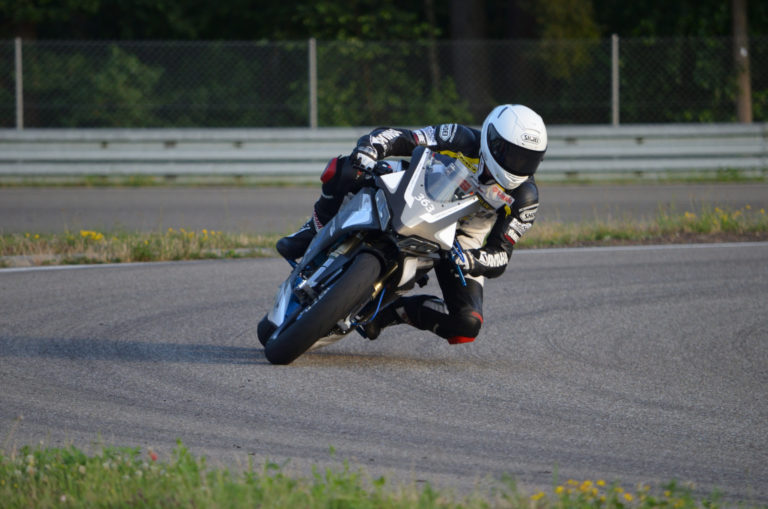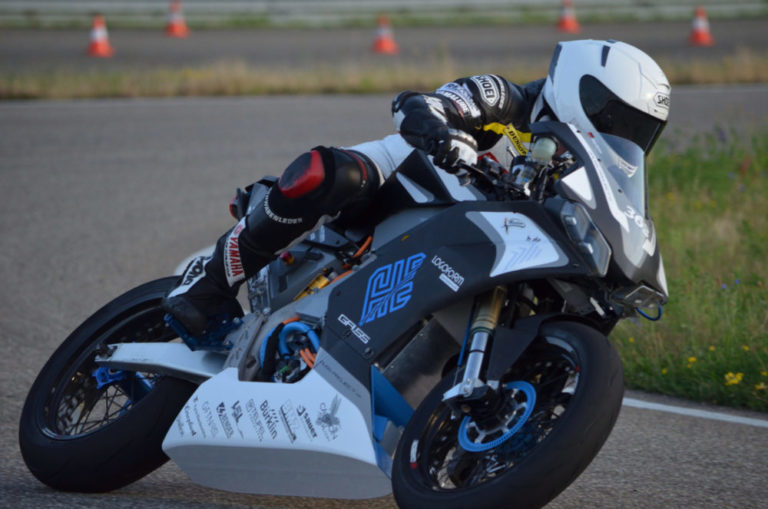About GAUSS-PROJECT
GAUSS I - Vision to Reality
The interdisciplinary research project “Gauss-Project” was first launched in 2010 by Marcel Attila Kiss based on his diploma thesis “Gauss-Concept“. With the help of Professor Dr. Hans Peter Bauer and the support of Prof. Dr. Thomas Betz, numerous new methods of resolution for electric powered motorcycles were generated and combined into one holistic concept, the Gauss electrical motorcycle. The electrical breaking system, the front wheel energy recovery system and the rear exhaust air system, first conceptualized in the diploma thesis, subsequently found their way into the Gauss Project. Coherently mechatronics students Alexander Klein and Markus Herzog have participated alongside and aided in the development of an engine test bench.


Today the Gauss Project is an interdisciplinary research project conducted at the Darmstadt University of Applied Sciences. Over 40 Students from mechanical and electrical engineering, industrial design and economics continue conducting basic research in developing fully electric high performance sports motorcycles.
The name “Gauss” is honorably derived from Johann Carl Friedrich Gauß, a German mathematician and physicist, who conducted research in the field of magnetism.
The research project “Gauss“ pursues the development and testing of an energy recovery system for racing purposes. Conventional vehicles are equipped with mechanical brakes, in which kinetic energy is converted into heat while breaking. This wastes energy, which otherwise could be used for more range. Therefore we developed an innovative drivetrain with an electrical front brake. While braking with the front wheel, kinetic energy is transferred to the electrical engine. The electrical engine is positioned in the middle of the motorcycle and during breaking works in generator mode like a bicycle dynamo. It converts kinetic energy into electrical energy. Therefore the recovered energy is successfully used to charge the batteries.
Drivetrain efficiency increases – the effect: Higher total range and speed with simultaneous reduction of the necessary batteries and additional weight. The permanent synchronal engine is an air-cooled aircraft engine. It generates 60 kW Power, 220Nm Torque and weighs a mere 12 kg, a true beast. An air funnel on front of the bike provides cooling while a pipe at the rear achieves heat dissipation like an exhaust.
Besides that, research is being conducted on further innovative technologies such as an electrical Sports ABS System and an electric traction control.
